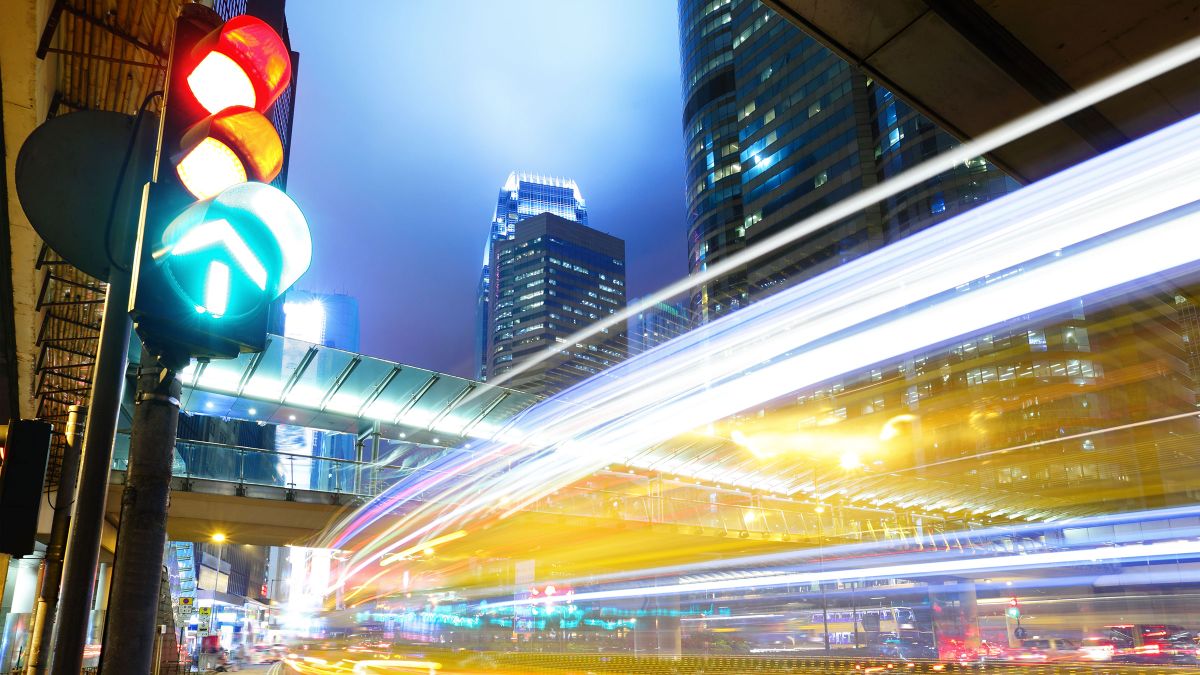They think about traffic signals powered by AI to reduce polluting emissions from cars in a city

Traditional vehicles are the main cause of air pollution, and that is why governments around the world are betting on more sustainable vehicles.
And the technology can be used to reduce pollution emissions from cars to make the air we breathe less polluting.
Now, a researcher is using machine learning to create different traffic light management systems that are sustainable, capable of reducing vehicle emissions if they are used well.
This was presented by Yu Yang, assistant professor of computer science and engineering in the School of Engineering and Applied Sciences at Lehigh University with his team. With his strategy they intend to carry out adequate traffic management in large cities so that stops in traffic lights They are shorter and thus pollute less.
And the fact is that cars stopped at traffic lights contribute to the air pollution due to the operation of the engine in those cases.
So what researchers want is to create a device that is basically an air quality sensor to locate highly polluted areas.
“We will use that data to then develop a spatio-temporal graph diffusion learning model to determine the traffic situation in our test city of Newark, New Jersey,” Yang said.
So, using this technique, researchers will explore how the regulation of traffic signals would be able to improve air quality taking into account their predisposition in the city.
“This is the first project of its kind to incorporate a social component into a traffic control system,” Yang said. “We are taking both a technical and a social perspective to solve a real-world problem.”
The good thing about this system is that it will adapt in real time, and I will take into account the interactions of the human being with the system to know how the vehicles are used.
With this, they would be able to create a system that shows people the air quality levels in a city in each of the locations so that they can make decisions about their trips.
After that, the system could be complemented with a traffic management model, allowing transportation officials to manage the signals in real time, adapting them to change their operation and thus mitigate air quality in the most polluted areas.



